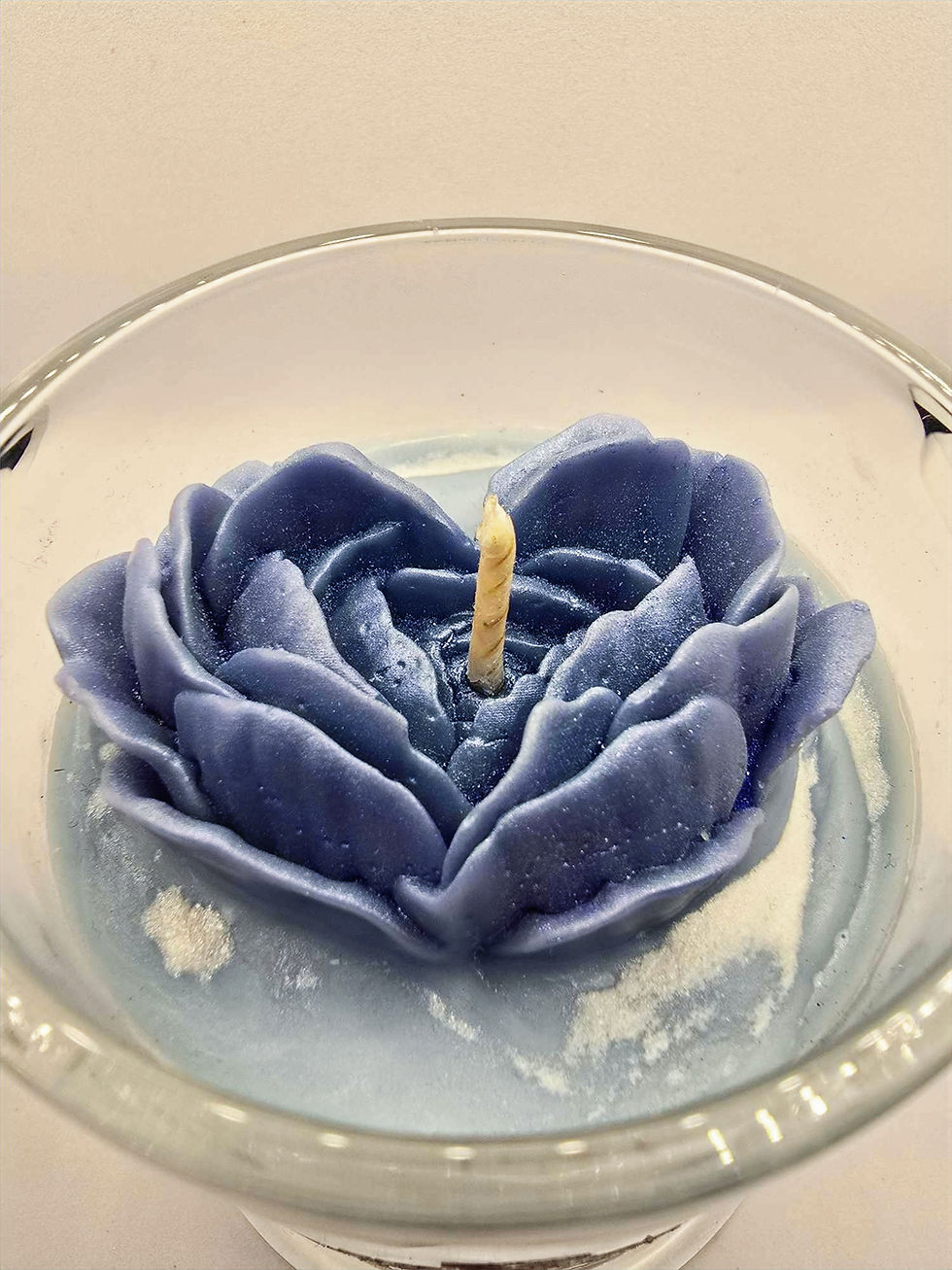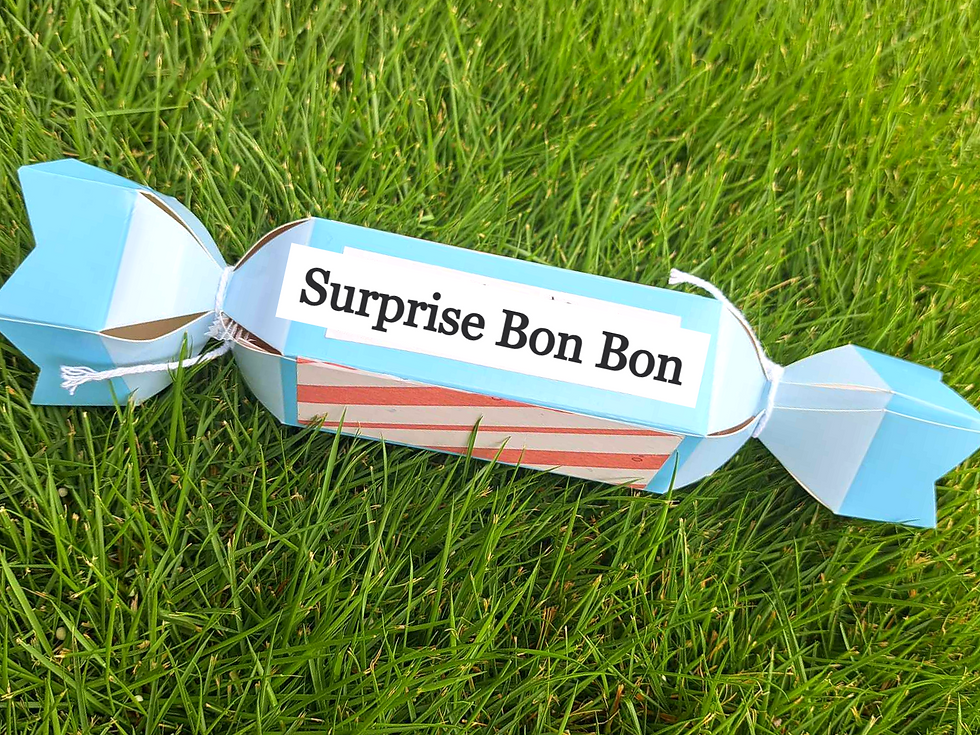Shop for your Land Hermit Crabs!

What do Hermit Crabs Eat?
Land Hermit Crab
Hermit Crabs can be categorised into two groups:
Land Hermit Crabs & Marine Hermit Crabs.
They are both members of the crustacean family and are largely related to the lobster. They both have distinct differences in their habitats, behaviour, and adaptations to their environments.
Marine Hermit Crabs in Australia usually have a darker or black thinner body with less hair and are often known to have yellow feet, they breathe underwater and cannot survive on land. Another important fact is they don't eat the same food as Land Hermit Crabs, as their diet is more of an ocean-driven diet.
Land Hermit Crabs in Australia often range in many colours like white, grey, pink, pale, brown or orange. They own hairy legs and usually have larger legs/pinchers. They survive on land and are known to be an omnivorous scavenger so they can eat a wider range of food.
All of the food that is available for purchase here is Land Hermit Crab Friendly for them to eat.

Marine Hermit Crab

Land Hermit Crab
Important Hermit Crab Food/ Supplement
Hermit Crab Products (Hermie Exercise Products, Jewellery & Etc)
Hermit Crab Food Packs
Hermit Crab Mystery Products

Marine VS Land Hermit Crabs
-
Habitat:
-
Marine Hermit Crabs: As the name suggests, marine hermit crabs live in saltwater environments, usually along coastlines or in shallow marine waters. They usually inhabit shells of marine gastropods (snails) for protection.
-
Land Hermit Crabs: Land hermit crabs are found in terrestrial environments, typically in tropical and subtropical regions near coastlines. They live in abandoned shells (sometimes of snails) or other similar shells nearby.
-
-
Shell Adaptations:
-
Marine Hermit Crabs: Marine hermit crabs have specialized gills adapted for extracting oxygen from water. They use the shells of gastropods as portable homes, carrying them around to protect their soft abdomens and provide shelter.
-
Land Hermit Crabs: Land hermit crabs have modified gills that are better suited for breathing in humid air. They use shells or other natural objects to protect their abdomens from predators and to regulate moisture levels. They usually love Babylonian shells, Natica Shells, Whale Eye Shells, Cancelleria Shells, & Turbo Shells.
-
-
Behaviour:
-
Marine Hermit Crabs: These crabs are adapted for a marine lifestyle. They are well-equipped for swimming and can move through the water using their appendages.
-
Land Hermit Crabs: Land hermit crabs are not efficient swimmers and are better adapted for life on however, they do like to Bathe in fresh conditioned water & saltwater pools. They are known for their scavenging behaviour and are often seen scavenging for food, walking a lot and exploring their surroundings.
-
-
Feeding Habits:
-
Marine Hermit Crabs: They are omnivores and feed on a variety of organic materials, including algae, detritus, and small animals in the water.
-
Land Hermit Crabs: These crabs are also omnivores and feed on a mix of plant matter, organic material, castings, small insects, certain types of meat and many more. (See above for food options)
-
-
Movement:
-
Marine Hermit Crabs: They are adapted for swimming and have specialized appendages that aid in swimming and clinging to surfaces underwater.
-
Land Hermit Crabs: Land hermit crabs move by walking, using their legs to scuttle along the ground. They have adapted to their terrestrial lifestyle by developing walking appendages.
-
-
Habitat Preference:
-
Marine Hermit Crabs: They require a marine environment with access to water for survival. They are unable to survive on land for extended periods.
-
Land Hermit Crabs: These crabs require access to both land and fresh/salt water but primarily live on land. They need to maintain a balance between moisture and air exposure to prevent desiccation.
-

















































